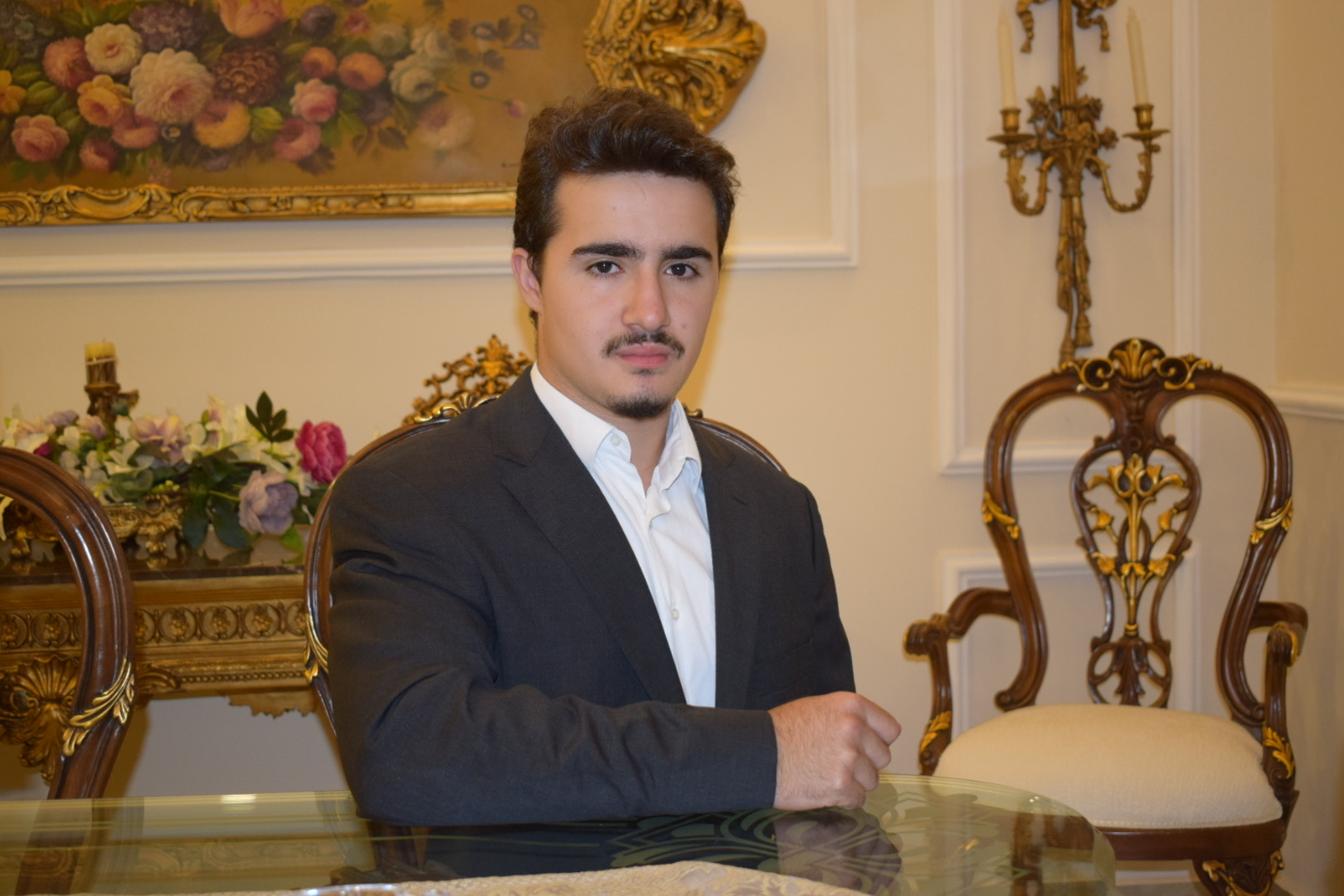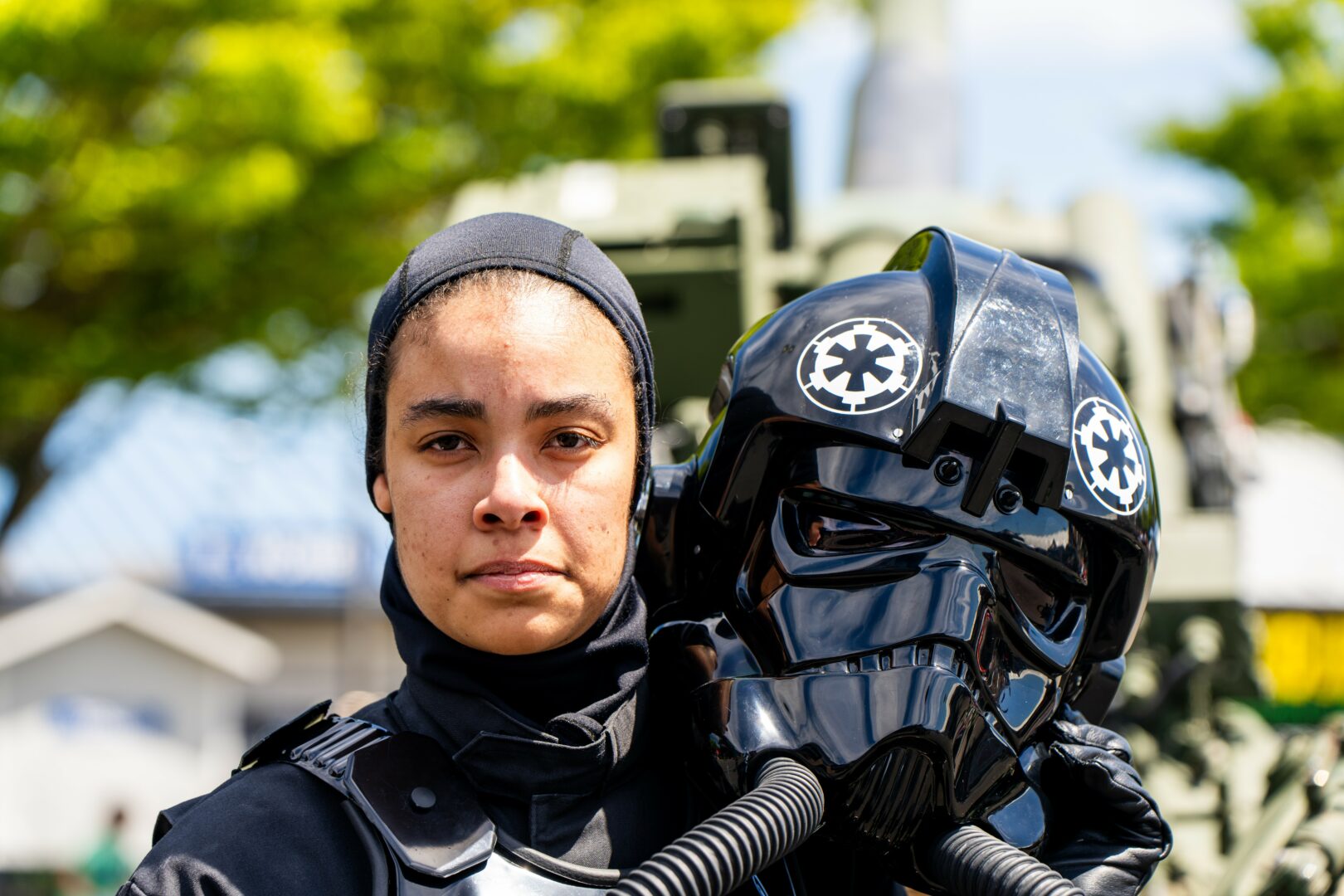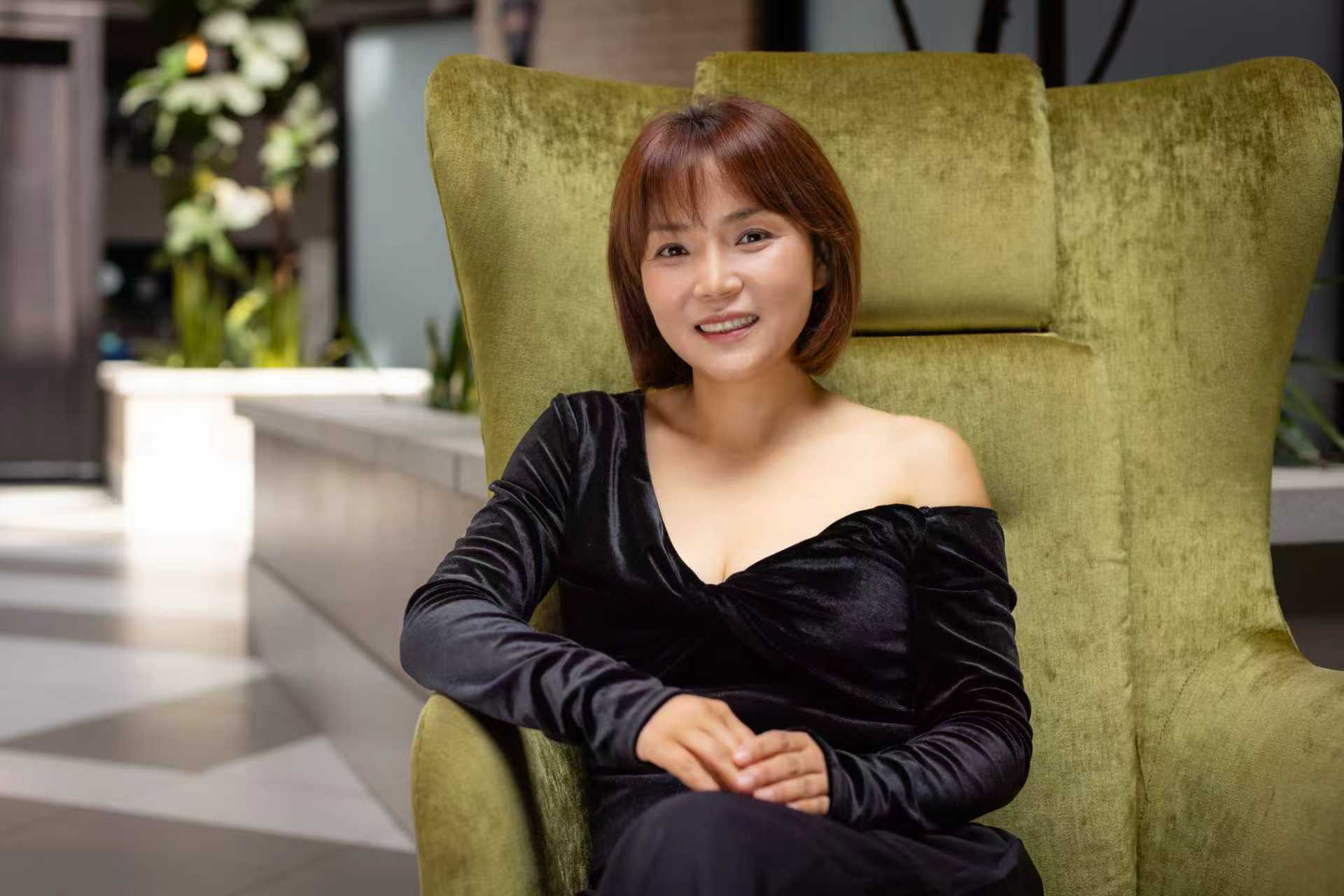We recently connected with Borui Jiang and have shared our conversation below.
Borui, so many exciting things to discuss, we can’t wait. Thanks for joining us and we appreciate you sharing your wisdom with our readers. So, maybe we can start by discussing optimism and where your optimism comes from?
I believe my optimism stems from the inherent uncertainty of life. It’s true that uncertainty can bring anxiety and fear, emotions often labeled as negative. But at the same time, uncertainty is also where hope arises. The unknown holds possibilities, and those possibilities can align with what I desire. Once I recognize that something has even a small chance of happening, I choose to believe in that potential.
Even when the journey is difficult, I remain optimistic because I see the path forward. This optimism isn’t dependent on the outcome—it’s about the process. If things don’t go as planned, I can still learn from the experience, reflect on what went wrong, and better prepare myself for the next opportunity. With this mindset, my optimism transfers from one pursuit to the next, driving me toward new goals.
In conclusion, I keep optimism because I still have desires in this world.

Great, so let’s take a few minutes and cover your story. What should folks know about you and what you do?
I’ve explored a variety of disciplines in my career, starting with environmental design during my undergraduate studies. While I found aspects of it inspiring, I often felt constrained by the practical limitations—projects like landscape or architecture require significant financial investment and come with immense responsibility, particularly when it comes to safety. The focus is less on pushing boundaries and more on creating steady, reliable designs.
That’s why I transitioned into visual art and graphic design. These fields allow me to work more freely, without the same constraints. Coming from a background in graffiti, I’ve always been drawn to forms of expression that are accessible and immediate. Graphic design, like graffiti, doesn’t require excessive resources—it’s all about the creativity. It’s a space where I can experiment and bring my ideas to life without worrying about large budgets or rigid structures.
Currently, I’m helping two brands build their visual identities—CHUFEI, an avant-garde fashion brand, and draftworks, which focuses on industrial, practical designs inspired by workwear and military aesthetics. Each project gives me the chance to apply my love for challenging conventions, whether it’s CHUFEI’s emotionally detached, iconoclastic style or draftworks’ exploration of the modern urban wardrobe. Both allow me to experiment with how people perceive design and fashion.
One of the most exciting aspects of my work is my fascination with how people define objects, concepts, or even spaces. I love to analyze the rules people use to categorize things, and then challenge those definitions by reimagining them in unexpected ways. My goal is to provoke thought and disrupt the way people see the world, offering new perspectives and surprising insights through my designs.

Looking back, what do you think were the three qualities, skills, or areas of knowledge that were most impactful in your journey? What advice do you have for folks who are early in their journey in terms of how they can best develop or improve on these?
For me, the three most impactful qualities have been curiosity, the ability to seize opportunities, and the practice of self-critique.
First, curiosity is what drives you to constantly seek knowledge and new experiences. It keeps your mind open, helps you challenge your own assumptions, and pushes you to continuously grow. If you remain curious, you’ll always be learning, evolving, and improving. My advice for anyone starting out is to stay curious about the world around you, even if things seem familiar—there’s always more to uncover.
Second, the ability to seize opportunities is crucial. Sometimes, you need the determination and courage to pursue something, even when the odds seem slim, you need the determination to act. It’s easy to dismiss opportunities because they don’t seem achievable, but often it’s the effort you put in, even when things seem uncertain, that makes the difference. When you spot the beginning of an opportunity, go after it with everything you have—sometimes, that’s how doors open.
Lastly, self-critique is essential for growth. Engaging in an ongoing dialogue with yourself helps you understand your strengths and weaknesses. This way, your personal standard isn’t based on what others say, but on your own reflections. It’s important to ask yourself why something is good or bad for you, and recognize how your perspective differs from others. By learning what causes these differences, you can develop a deeper understanding of yourself and make more authentic decisions.

We’ve all got limited resources, time, energy, focus etc – so if you had to choose between going all in on your strengths or working on areas where you aren’t as strong, what would you choose?
It really depends on your goals. If you’re pursuing something purely out of personal interest, then it’s great to explore different areas, even if you’re not particularly strong in them. There’s value in curiosity and enjoyment, and being well-rounded can enrich your personal life and perspectives.
But professionally, I believe it’s more effective to go all in on your strengths. In competitive industries, specialization is often key. Companies look for someone who excels in a particular area, not someone who can do many things but isn’t an expert at any. Specializing in one area helps you stand out and increases your chances of success in that field.
For example, I’ve learned a lot of different things—environmental design, fashion design, graphic design, film, and painting. But out of all these, graphic design is the one where I truly polished my skills, and it’s also the only one that has consistently provided me with job opportunities. While my other experiences, like in fashion or film, have broadened my perspective, it’s my focus on graphic design that has allowed me to develop professionally.
That said, I don’t dismiss the value of my diverse experiences. Learning from other disciplines has definitely enhanced my graphic design work. I’ve gained new ways of thinking and problem-solving by applying concepts from other fields. So while I’ve concentrated on my strengths to build my career, the knowledge I gained from exploring other areas still benefits me in unexpected ways.
Contact Info:
- Website: https://www.boruijiang.com
- Instagram: https://www.instagram.com/rgborui/
- Linkedin: https://www.linkedin.com/in/borui-jiang-564423251/
- Youtube: https://www.youtube.com/@boruijiang
- Other: Spotify: https://open.spotify.com/artist/1hXdjWBK0JoGZo6u5GWsdP?si=jg-WnCpvT6OEV9Djg5Jecg



Image Credits
p3 photoed by Daniel Ribar
p4 photoed by Ryan Ko
rest photoed by myself
so if you or someone you know deserves recognition please let us know here.




